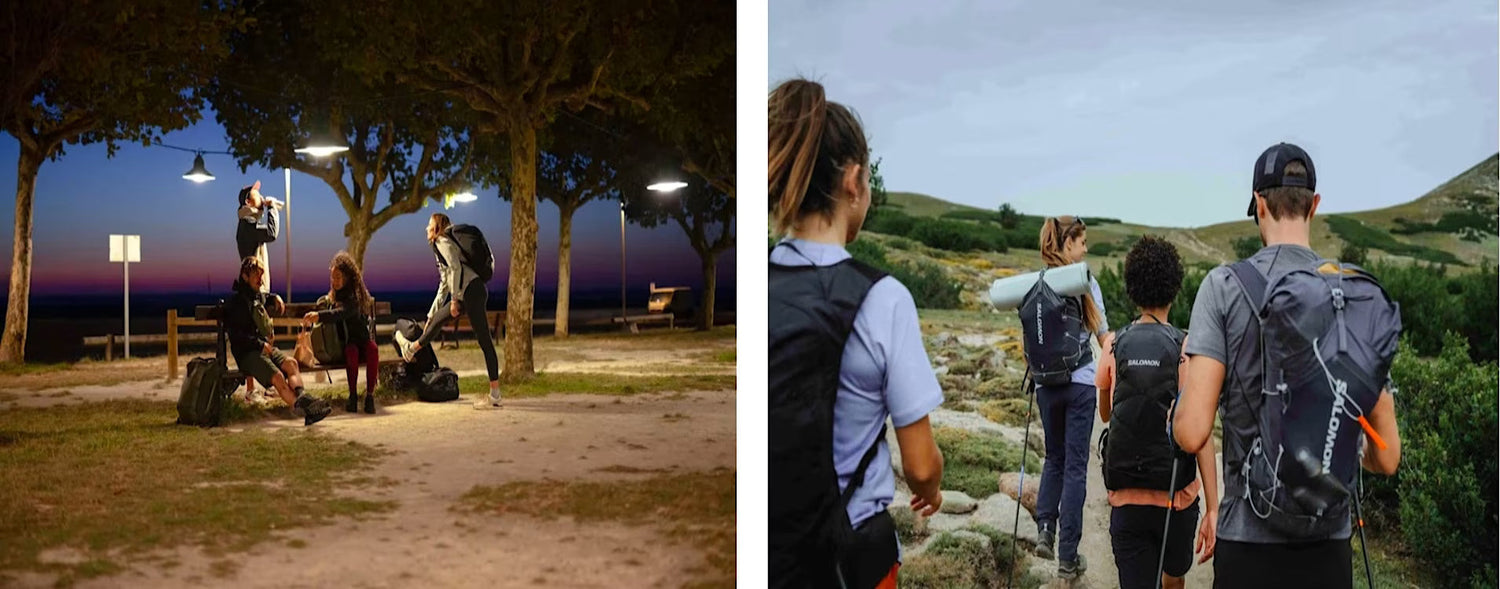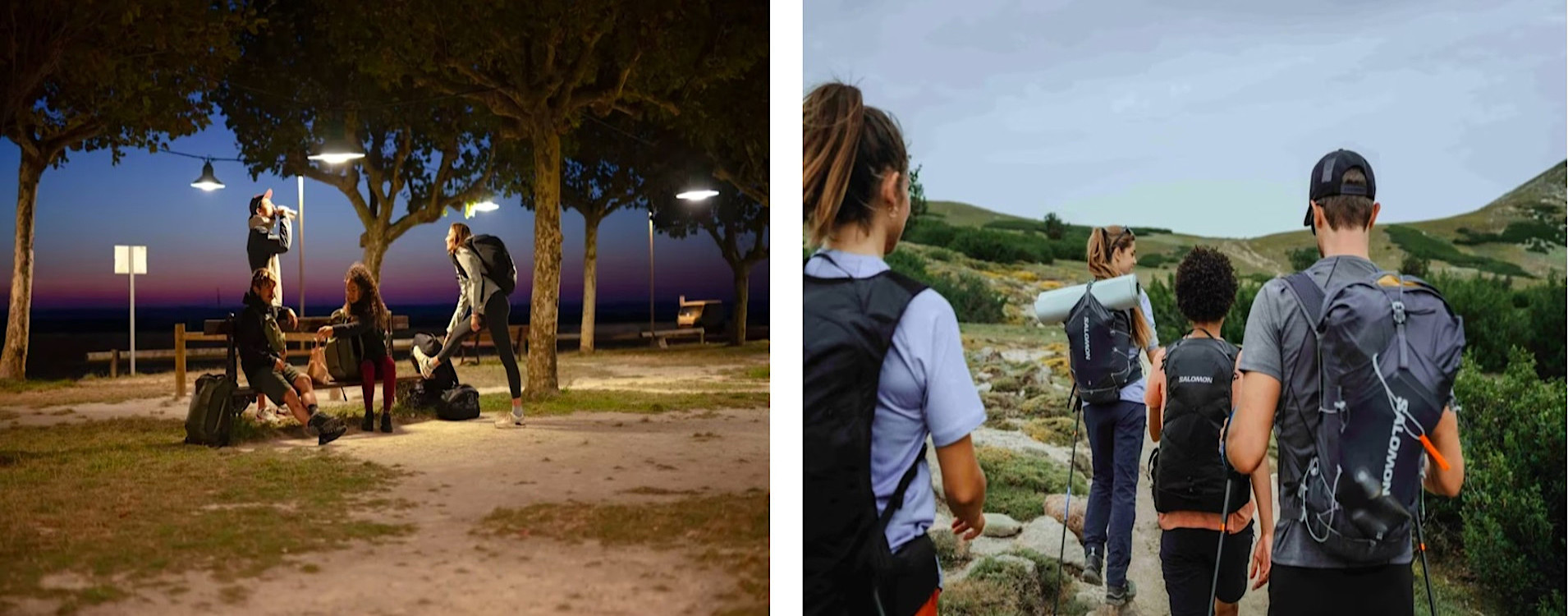
How to Choose Your Hiking Shoes in Lebanon.
Are you looking for your first pair of hiking shoes? Are the soles of your old pair worn out? Here is our advice to help choose the right pair for you. Hiking shoes don’t necessarily mean sore feet or blisters on your heels. Having the right pair of shoes will allow you to lift your head up and enjoy the surroundings!

This is a great piece of content! To SEO optimize it for a Lebanon-based sports expert store, we need to integrate keywords related to Lebanon's popular hiking locations and terrain types. This helps Google connect your expertise to local search queries.
Here is the SEO-optimized version with the key changes highlighted in bold:
⛰️ SEO Optimized Title: How to Choose Your Hiking Shoes for Lebanon's Mountain & Trail Adventures
Get the Right Gear: Hiking Shoes for Lebanon's Diverse Terrain
This is the first question that you need to ask yourself in order to choose your hiking shoes. By “type of hiking” we mean:
-
What type of terrain will you be hiking on? (From the LMT to Jabal Moussa, where will you hike in Lebanon?)
-
How heavy will your backpack be?
-
How long will you hike for and what kind of pace will you set?
Hiking Terrain: From Cedar Forests to Rocky Peaks
Generally, there are 3 types of hiking terrain you will encounter across Lebanon's major hiking areas like Qadisha Valley, Horsh Ehden, and the Shouf Biosphere Reserve:
-
Easy Trails (Ideal for Family Hikes in Lebanon): These can be found at valley bottoms, in prairies or other large open spaces, such as parts of the Baskinta Literary Trail or gentler loops in a Nature Reserve. The track surfaces are stable and even, with a few slight hills.
-
Uneven/Technical Trails (Common on the Lebanon Mountain Trail - LMT): This technical terrain can be found in the Lebanese Mountains or hilly landscapes like Jabal Moussa. You will have to look out for rocks, roots, and seasonal mud. Steps, slanted trails, and sustained steep terrain will put strain on your legs and ankles. This demands shoes with excellent ankle support and grip for the challenging rocky paths of the LMT.
-
Off-Trail/Alpine Treks (High-Altitude Adventures like Qurnat as Sawda): This terrain is uneven, often unstable with loose scree and rocks, and the trails are not usually marked. This kind of terrain demands concentration to move along efficiently. You may need to climb over obstacles, cross rivers (e.g., in Wadi Qannoubine) and use your hands for short sections. It’s real adventure territory!
Choosing Your Hiking Shoe: The Lebanese Expert Guide
On easy trails, flexible shoes encourage the natural movement of your foot. Light shoes will also be comfortable to wear and reduce fatigue. Cushioning improves the comfort of the shoes but is less important than for trail running shoes.
For the technical and rocky trails that are typical of most Lebanese mountain hikes (e.g., Mount Sannine):
-
The more technical the terrain, the stiffer the outsole of your shoe should be to give you more stability.
-
A higher cut shoe protects and supports your ankles, which is crucial on the uneven limestone and rocky paths common in Lebanon.
-
Reinforcements (rubber toe, heel protector, side and instep protection, etc.) and thicker outsoles increase the durability of your heavy-duty hiking boots.
-
The water resistance of your shoes will depend on the weather conditions. An impermeable membrane, like GORE-TEX, protects your feet from dampness (especially in early spring or near river crossings) but makes the shoes less breathable in the hot Lebanese summer.
GORE-TEX shoes in dry weather and high temperatures can become too hot and make your feet sweat. You don’t have to choose to have an impermeable membrane on your shoes. Leather shoes are a good alternative, they are a bit heavier but offer good protection and are breathable.

The weight of your backpack
The weight of your backpack will also influence the choice of your hiking shoes. The shoes you choose will depend on how remote the hike is and how long you plan to hike for. We recommend that you try to make your backpack as light as possible, just take the essentials.
A light backpack is less tiring to carry, there is less chance that you will injure yourself and it is easier to carry for long periods of time. You can therefore choose light and flexible hiking shoes, if the terrain allows.
If you have to carry a tent, a stove and food then you should look for more sturdy shoes to give you extra stability. High cut shoes will give you extra support if your ankles are weak or terrain is technical.

The length and pace of your hike
The length and pace of your hike, plus how remote it is, will influence the weight of your backpack. If you skipped the previous paragraph, you should go back and read it!
The notion of the length of a hike is subjective. A one hour hike on an easy track won’t wear you out as much as one hour on unstable rocks. Your level of fitness and the distances you are used to covering will mean that you may interpret the word ‘long’ differently to other hikers.
Simply ask yourself if your goal seems ‘short’ or ‘long’, so that you either go for shoes that are light with more flexibility or shoes that offer stability and support.
Finally, if you use your hiking shoes a lot, look for shoes that are reinforced with thick outsoles so that they last longer.
What’s my hiking level?
Take the time to reflect on the question of your level of hiking.
Answer these questions in a clear and honest way in order to identify your level:
- How often do I go hiking?
- How much hiking experience do I have?
- What types of terrain do I hike on?
Your hiking level will help you decide on the shoes that will suit you best, either shoes with good ankle support, or lighter weight shoes (with fewer reinforcements and lower cut for freer ankle movement).
What shape am I in?
This is another question that you need to ask yourself in order to assess your level of ability and prevent you from making mistakes in the type of shoes you buy. Evaluate your fitness in an objective way.
For example, you’ve only been hiking for a few months and you still don’t have that much experience but you are progressing quickly as you go hiking regularly. The hikes you do are more and more ambitious and technical. You have never injured your ankle hiking and you are in good physical shape as you like to practice other endurance sports. If this is the case, then you should go for a light, low cut shoe that will give you freer foot movement.
Another example is if you are an experienced hiker and have been hiking for a number of years on mountain trails, but a sprained ankle has meant you’ve had to take a break for a few months. Did you used to hike in low cut shoes? If you did, then your shoes now lack much needed ankle support. Opt for stable, high cut shoes that will support your ankles. You can get your old shoes back out once you are fully fit again.

